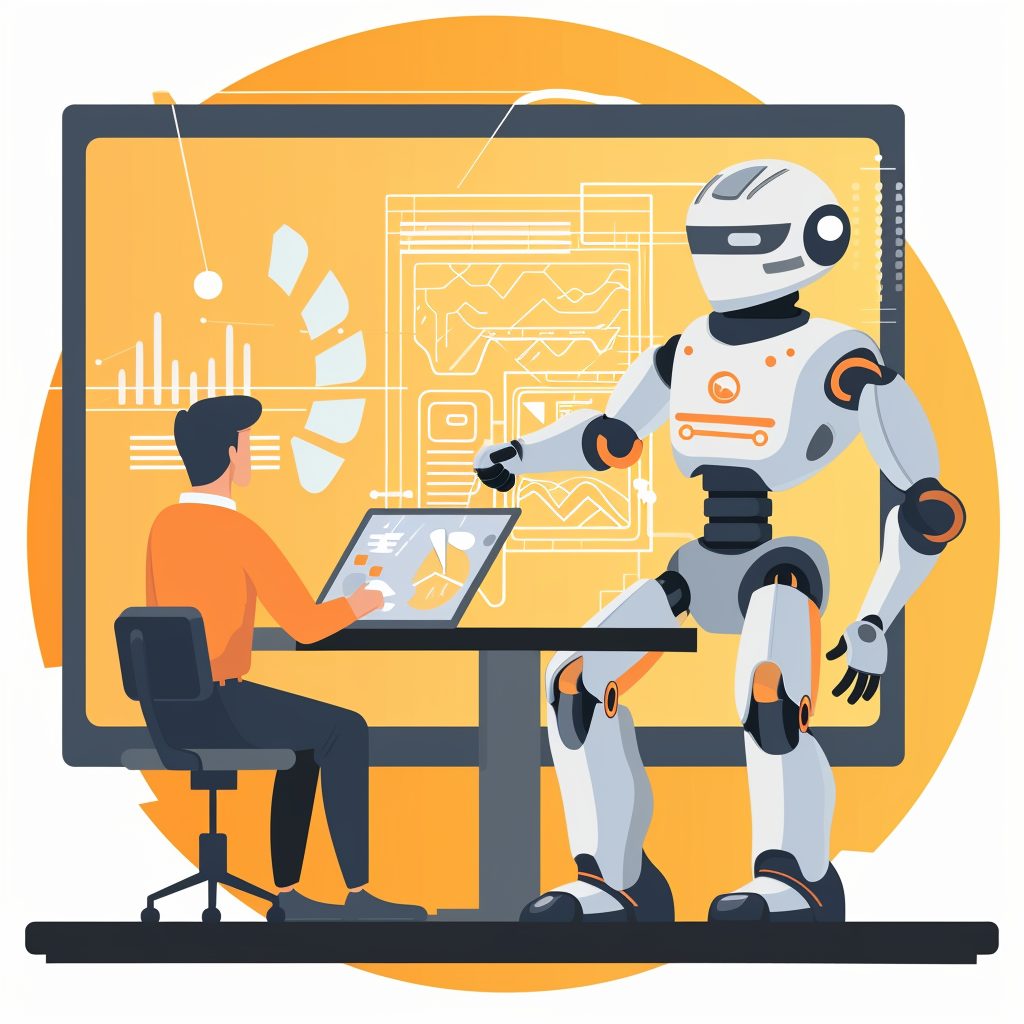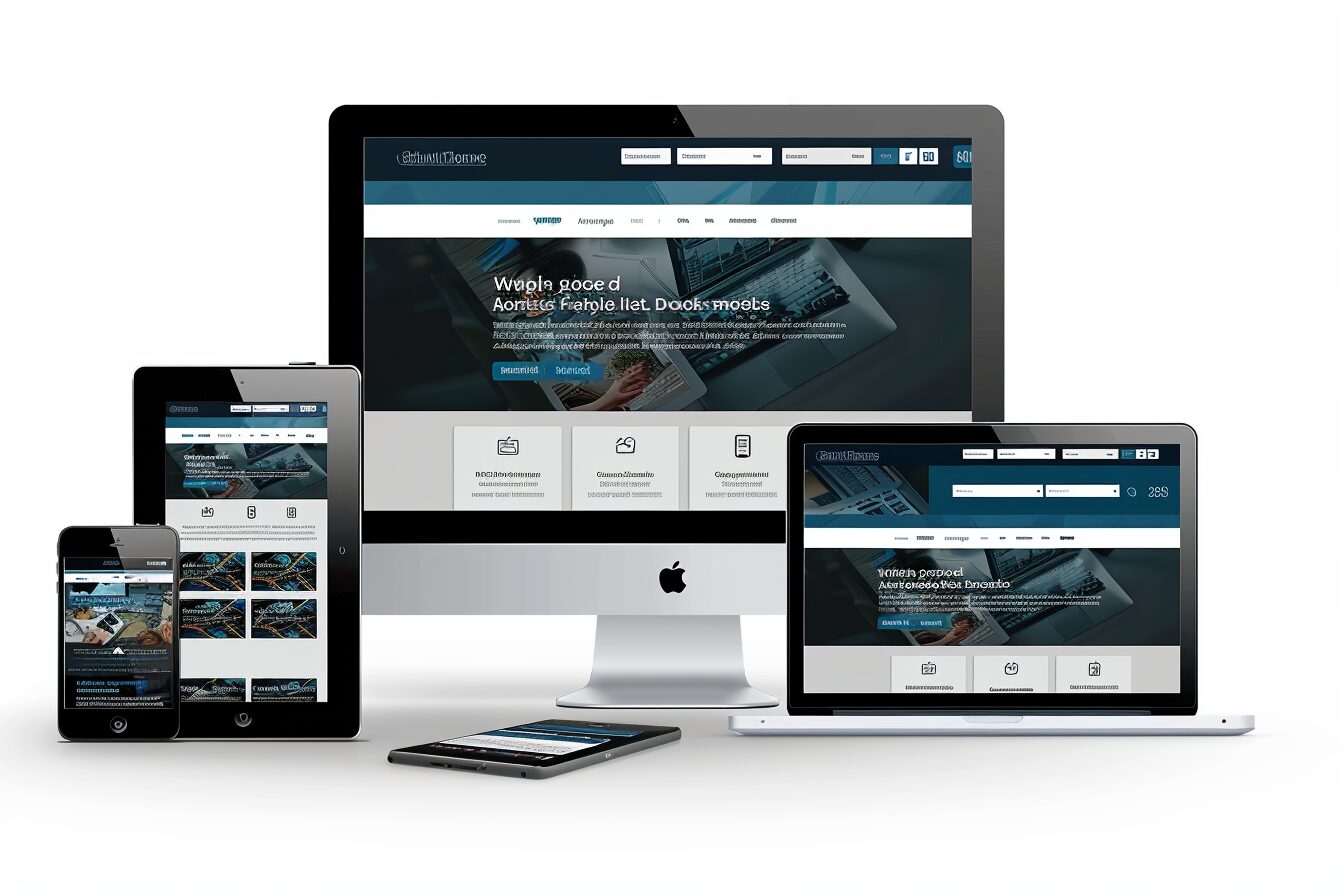As we step into 2025, the web development landscape continues to evolve at an unprecedented pace. Driven by technological advancements and shifting user expectations, developers and businesses must stay ahead of emerging trends to remain competitive. This year, the focus is on creating smarter, faster, and more immersive web experiences. Below, we explore the top web development trends for 2025 and how they are shaping the future of digital interactions.
1. Artificial Intelligence (AI) in Web Development
AI remains a transformative force in web development, revolutionising everything from coding workflows to user experiences. Advanced AI tools like GitHub Copilot and Tabnine are streamlining repetitive tasks, enabling developers to focus on strategic and creative aspects of their projects. Beyond coding, AI is powering dynamic personalisation, predictive user behaviour analysis, and adaptive chatbots.
For instance:
- AI-driven personalisation: Platforms like WordLift analyse user behaviour to deliver tailored content, improving engagement and conversion rates.
- AIOps for reliability: Tools such as New Relic proactively monitor site performance, detect anomalies, and recommend optimisations.
In 2025, AI’s integration with edge computing will further enhance website speed and responsiveness by processing data closer to end users.
2. Progressive Web Apps (PWAs)
Progressive Web Apps (PWAs) continue to gain traction due to their ability to combine the best features of mobile apps and websites. PWAs offer offline functionality, faster load times, and seamless user experiences across devices. They are particularly valuable for businesses aiming to reach mobile-first audiences without investing heavily in native app development.
Key benefits of PWAs include:
- Enhanced performance on low-bandwidth connections.
- Reduced bounce rates due to faster load times.
- Cost-effectiveness compared to traditional apps.
In 2025, PWAs are expected to dominate industries like e-commerce and media, offering users app-like experiences directly in their browsers.
3. Voice Search Optimization
With the proliferation of voice-activated devices like Amazon Alexa and Google Assistant, optimising websites for voice search is no longer optional. Voice User Interfaces (VUIs) are making web interactions more accessible by allowing users to navigate websites hands-free.
Why this matters:
- Accessibility: VUIs cater to users with disabilities, such as vision impairments or mobility challenges.
- SEO impact: Voice search queries often differ from traditional text-based searches, emphasising the need for conversational keyword optimization.
Incorporating voice search functionality will not only improve user experience but also boost search engine rankings.
4. Low-Code/No-Code Platforms
Low-code and no-code platforms are democratising web development by enabling non-developers to create sophisticated applications with minimal coding knowledge. These platforms empower businesses to prototype quickly and reduce time-to-market.
Trends in 2025:
- Greater flexibility and customisation options in low-code tools.
- Integration with AI for automated workflows.
- Expanded use cases beyond simple websites, including complex enterprise applications.
While these platforms won’t replace professional developers, they will complement traditional development methods by accelerating innovation.
5. Enhanced Cybersecurity Measures
With cyberattacks becoming increasingly sophisticated, cybersecurity is a top priority for web developers in 2025. Stronger security protocols such as multi-factor authentication (MFA), end-to-end encryption, and Content Security Policies (CSP) are now standard practices.
Emerging trends include:
- Decentralised applications (dApps) leveraging blockchain for secure data storage.
- Biometric authentication methods for enhanced user verification.
- Real-time threat detection using AI-powered tools.
By prioritising security from the ground up, developers can build trust with users while safeguarding sensitive data.
6. Immersive Technologies: AR, VR & 3D Elements
Augmented Reality (AR), Virtual Reality (VR), and interactive 3D elements are transforming how users interact with websites. These technologies enable richer experiences by blurring the lines between physical and digital worlds.
Examples include:
- Virtual property tours on real estate websites.
- Interactive product visualisations in e-commerce.
- Educational platforms using AR for hands-on learning experiences.
Thanks to advancements in WebXR standards, these immersive technologies can now be integrated directly into browsers without additional plugins.
7. Sustainable Web Design
Sustainability is becoming a core consideration in web development. Developers are adopting eco-friendly practices such as optimizing code for efficiency, using green hosting providers, and reducing digital carbon footprints.
Benefits of sustainable design:
- Faster loading times due to streamlined code.
- Improved user experience through efficient resource usage.
- Alignment with environmentally conscious consumer values.
In 2025, sustainability goes beyond performance optimization—it’s about making conscious design choices that benefit both users and the planet.
8. Serverless Architecture
Serverless architecture is gaining popularity due to its scalability and cost-efficiency. By outsourcing server management to cloud providers like AWS Lambda or Azure Functions, developers can focus on building features rather than maintaining infrastructure.
Advantages include:
- Automatic scaling based on traffic demands.
- Reduced operational costs since you only pay for what you use.
- Faster deployment cycles.
Serverless solutions are ideal for applications with unpredictable traffic patterns or those requiring rapid iteration.
9. Core Web Vitals Optimization
Google’s Core Web Vitals—metrics that measure page speed, interactivity, and visual stability—are critical for SEO success in 2025. Developers are focusing on techniques like lazy loading, image optimization, and server-side rendering (SSR) to improve website performance.
Tools aiding this trend:
- Lighthouse
- WebPageTest
- SpeedCurve
Optimizing Core Web Vitals not only boosts search rankings but also enhances user satisfaction by delivering frictionless experiences.
10. The Rise of Decentralised Web Technologies
Decentralised technologies like blockchain are reshaping how data is stored and shared online. Decentralised applications (dApps) promote transparency and user control over data while enhancing security.
Applications include:
- Decentralised identity management systems.
- Peer-to-peer communication platforms.
- Secure financial transactions via crypto payment gateways.
- As privacy concerns grow among users, decentralised solutions will play a pivotal role in building trust.
Conclusion
The web development trends of 2025 reflect a shift toward smarter technologies, immersive experiences, and sustainable practices. By embracing innovations like AI-powered tools, PWAs, voice search optimization, and decentralised systems, businesses can create cutting-edge digital experiences that resonate with modern users.
To stay ahead in this dynamic landscape or learn more about hiring a skilled developer for your next project, visit our [web developer](/web-developer/) page today!











